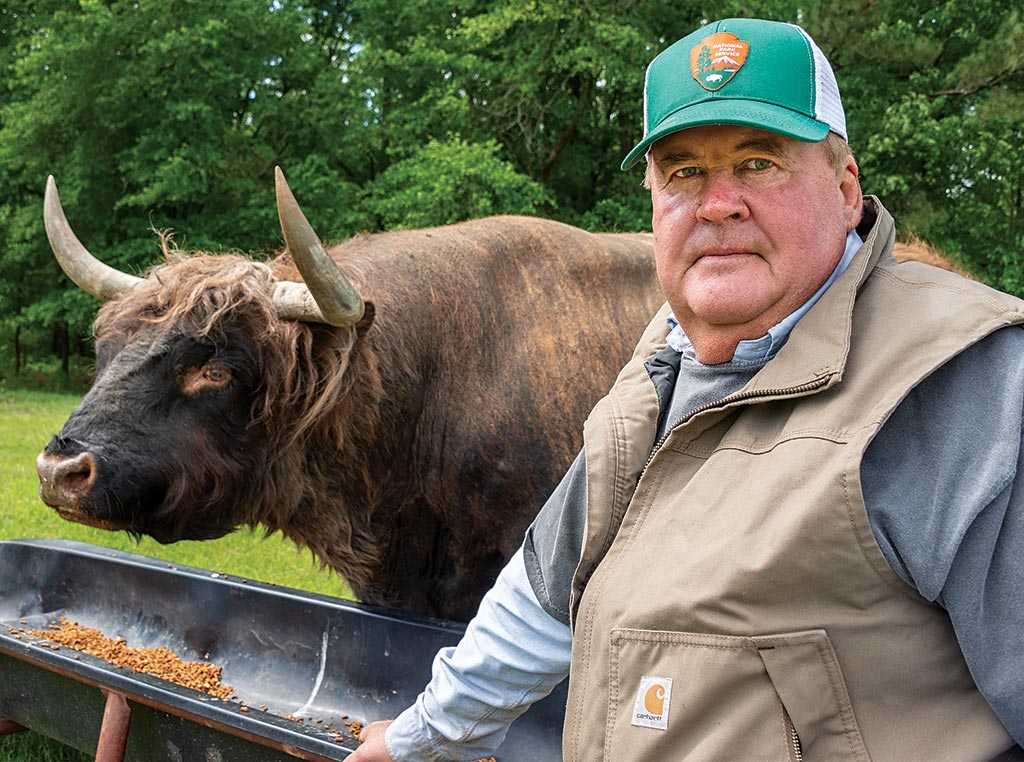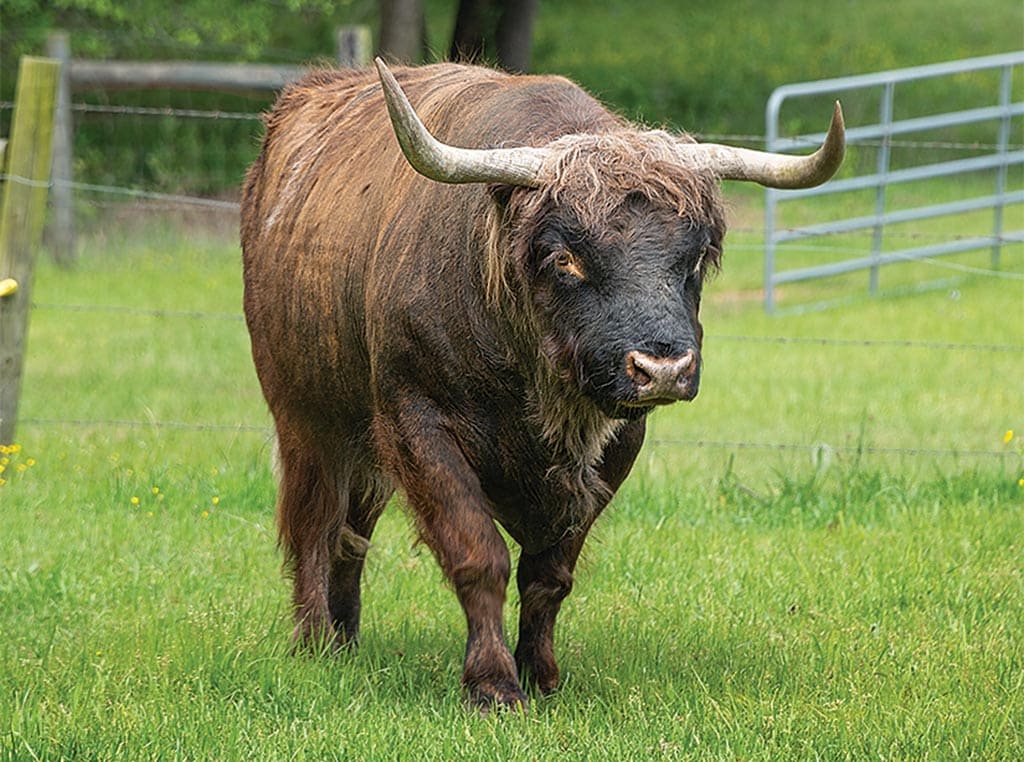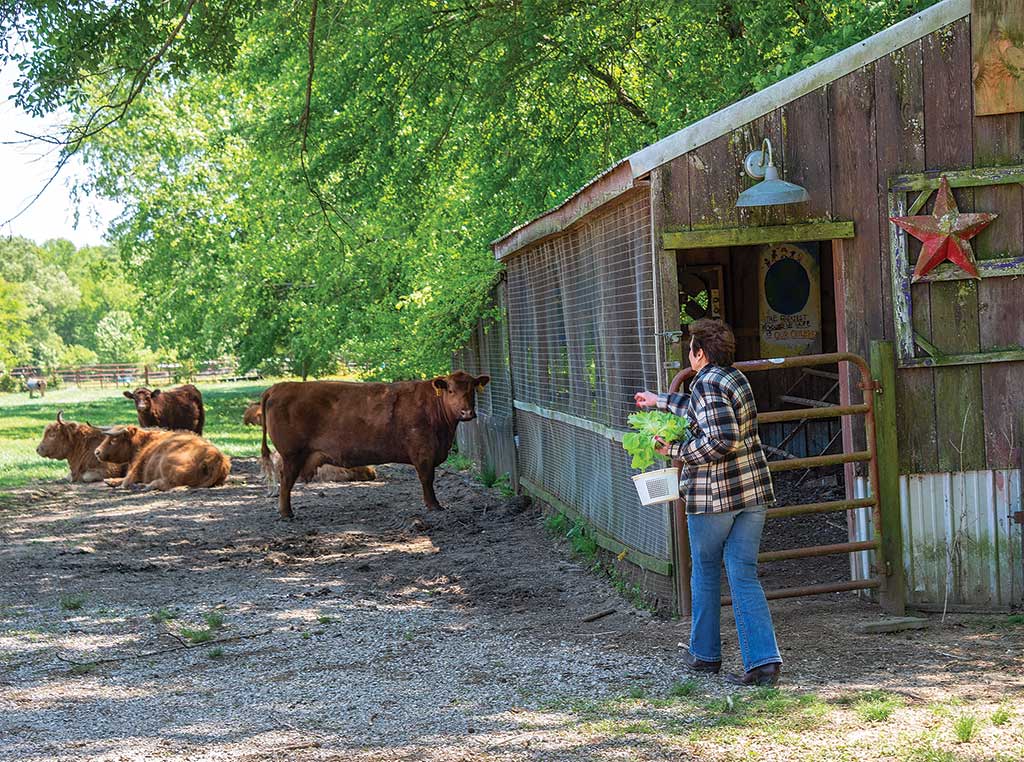Education, Livestock/Poultry December 01, 2021
Upcycling Heritage Cattle Breed
Farm from scratch? Time to shake things up.
Walmart, was the community rumour mill consensus when Jon Fleenor, a commercial builder, and his wife, Margaret Purcell, purchased 640 acres just outside Tuscaloosa, Alabama, city limits.
With quick access to major thoroughfares and near enough to a certain stadium to hear “Roll Tide!!” cheered on game day, a mega store made sense. Jon and Margaret, however, had much grander plans for the life savings and retirement fund-clearing purchase.
“When asked if I was putting up a Walmart, I’d just say, ‘No sir. I’m going to farm it,’” Fleenor relates. “Then they’d ask what I know about farming. I’d reply, ‘Nothing. But I’m going to learn.’”
That was 2005. Since, they’ve carved a peaceful, diversified farm retreat from the once sticker bush overgrown, untended, undeveloped tract nestled in the trees.
“We both work stressful day jobs. Our fun was going to the farm at the end of the day and working with the land and animals,” Margaret says. They cleared pastures, built fence, erected buildings, started gardening and added a few chickens. The labor of love soon filled early hours prior to work and long hours after. A fact which greatly pleases the pair.
“The hardest day on the farm is the best day you’ll have all week. We love it,” Margaret says.
A willingness to reach out to the local farming community for advice helped them excel.
In 2013 they were named Area III winners of the Alabama Association of Conservation District’s Outstanding Conservation Farmers of the Year. In 2018, Tuscaloosa County Farmers of the Year.
Along the way, they got the yen to add cattle to the mix.
A Unique Choice. Jon and Margaret researched cattle breeds extensively. They’d learned from their other ag endeavors a unique product draws its own business.
“Everyone here grows tomatoes. We grow heirloom tomatoes—and purple potatoes and wonderfully sweet zephyr summer squash,” Margaret says. “Our Ameraucana chickens lay green eggs. We use an aquaponic greenhouse to provide lettuce in the off-season. Each had buyers seeking us out.”
With those successes in mind, they briefly considered and discarded the idea of buffalo. Red Angus and Scottish Highland cattle kept rising to the top in their search—the long-haired half a seemingly odd choice for hot Alabama. But they had great merit.
“Highlands are foragers. They eat like giant goats,” Jon says. “They have great longevity, producing on average for 20 years, and excellent disease resistance.”
The beef is delicious, but fussy. Leaner than turkey, if cooked past medium the eating experience goes downhill fast, Jon explains.
His research revealed he could get the best of both breeds, especially in the area of meat quality, with F1 crosses created by breeding red Angus heifers to Highland bulls as they’ve done in Scotland for ages.
“I found a researcher at the Royal School of Veterinary Studies in Edinburgh, Scotland. I called him, but couldn’t understand him and he couldn’t understand me,” Jon laughs. He eventually sent Jon his book and worked with him via email to sort out a breeding plan.
Now Jon and Margaret’s small, pampered herd produces F1 Highland/red Angus bulls for use on commercial herds. The results are encouraging and worth note.
The Cross. Combining red Angus and Highland genetics brings out the best of both breeds. Highlands are horned, but produce a naturally polled offspring when crossed with red Angus. The cross is docile with impressive longevity, producing up to four more calves than standard breeds.
Bulls are prolific, covering large groups. Birth weights are around 50 pounds, but the calves are vigorous and healthy.
Cattlemen Chris and John Wayne George of Akron, Ala., saw this first hand when they bought “Henry,” one of Jon and Margaret’s F1 bulls. Described as, ‘A big old pet, 1,700 pounds of loving,’ Henry alone bred the George’s entire 50-head herd.
“The calves are small, but they catch up quick. It’s easy on the cows and the calves are beautiful,” Chris says. He noted calves sired by the Highland Red bull (a name trademarked by Jon and Margaret) grew faster than those sired in past years by an Angus bull.
Highlands produce high butterfat milk, helping calves quickly put on weight. Red Angus also are known for quality milk and maternal traits, making for a good team.
“At 180 days, that 45 to 60-pound calf is the same live weight as a 110-pound calf. Which would you rather have?” Jon asks.
The cross has short sturdy legs and feet like a Clydesdale, making them less likely to have foot and leg issues, he notes. They’re efficient feed converters and foragers. “A Highland cow will get fat in a pasture stock cattle would starve in,” Jon says.
His initial concern with having a northern breed in his southern pastures has proven a non-issue.
“As long as they have a little shade, they’re happy,” John Wayne George reports. “The heat doesn’t seem to bother them.”
Highlands have two coats of hair and can shed the longer outer coat in hot climates. Their light coloring also works in their favor.
“The weather is changing. It’s getting hotter for longer. Black cattle suffer in the heat,” Jon says. As for performance, Jon credits unique genetics and the long understood power of hybrid vigor.
“Not only do you get a boost from the F1 cross, but you get another when you use it on a commercial cow,”Jon says. “The calves are primed to perform in a variety of conditions. I think everyone should give them a shot.” ‡
Read More
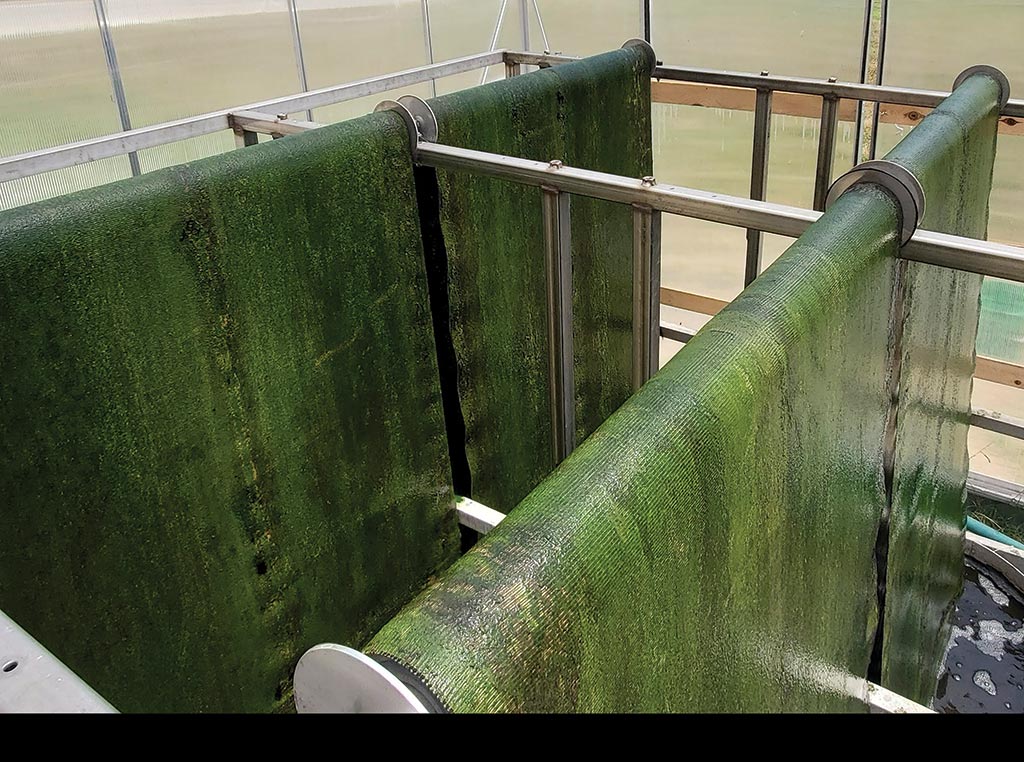
SUSTAINABILITY, EDUCATION
The Algae Effect
A ‘green’ solution to cleaning wastewater.
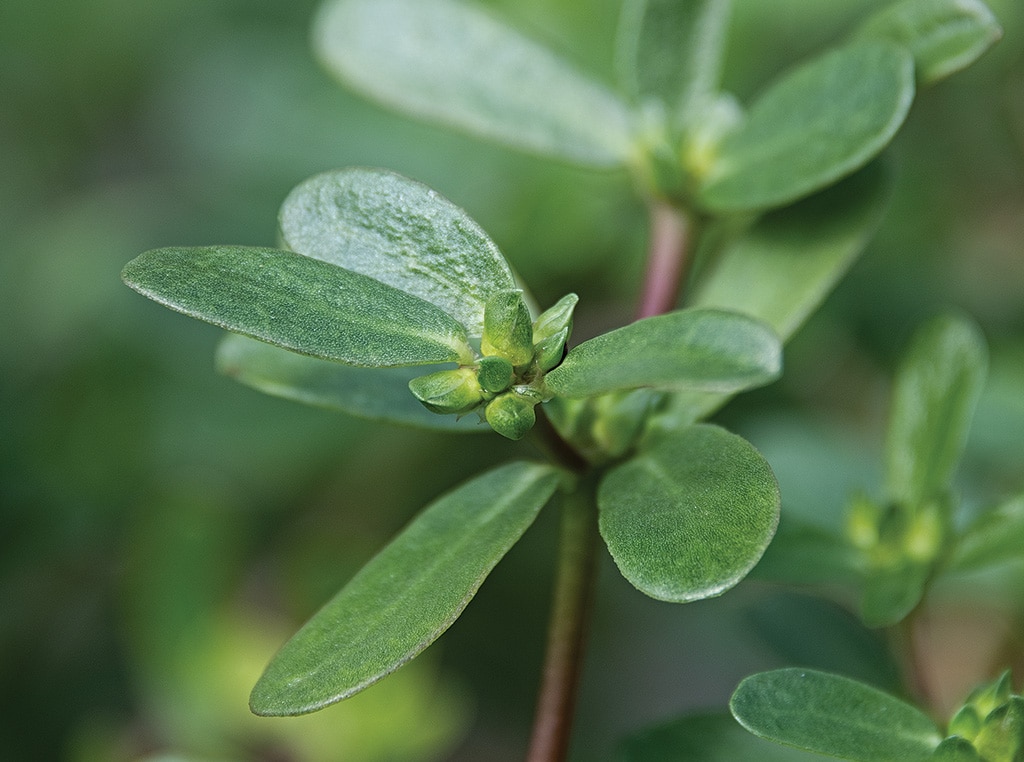
AGRICULTURE, SUSTAINABILITY
Weed Eaters
Wild plants move from the crosshairs to the plate.

